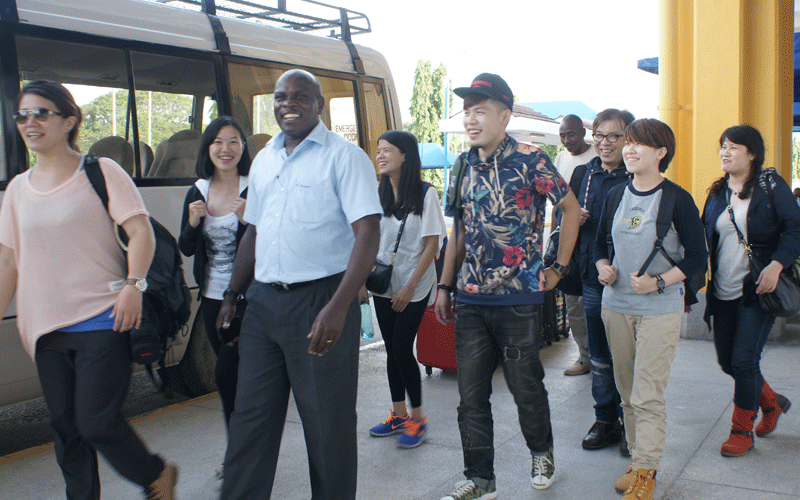
Our Projects are
Transforming African Trade
Quick Contacts
2nd Floor, Fidelity Insurance Centre Waiyaki Way, Westlands

One of the never-ending issues that complicate public perception about the Kenya Ports Authority (KPA) is the confusion between the institution and the Port of Mombasa.
Actually, they say the easiest way to pull the rug from under a port’s success is failing to understand the various stakeholders and their role in making the Port of Mombasa a success.
The world over, the distinct roles of the port community and the institution that runs the port are always interrelated but unique in terms of interests, goals and objectives.
How each seaport defines their stakeholder groups, identifies movers and shakers, carries out two-way communications and incorporates input varies by port and by country, but there are some commonalities and melting points.
On a normal day, an average of over 20,000 people enter and leave the port. Out of this massive human traffic, only 6,800 are KPA employees.
The rest are drawn from the port ecosystem, comprising cargo interveners such as shipping agents, clearing and forwarding firms, government agencies, suppliers and primary customers, transporters, residents of maritime districts, security agents, northern corridor actors, and business partners.
This number has remained constant despite the continued business expansion, courtesy of advancement in automation of key port services.
The interaction level of all these people inside the port is high. Depending on one’s work location, an employee has high chances of closely interacting with our different partners either in person or exchange paperwork for business transaction.
The fact that each unique partner demands a unique assortment of documents and processes adds complexity to the entire ecosystem.
Equally important is that the Port is a melting pot of international trade facilitators. The people at the port therefore come from different parts of the globe.
It is in light of the above that when Covid-19 was first reported in Africa, KPA leadership team swiftly formed a special committee comprising senior management staff and union representatives to manage the prevention and spread of the pandemic.
The first focus was to control the number of people entering the port. Accordingly, the management directed that only visitors with special purposes and on written appointment could enter the port.
This step, in addition to the rollout of online documentation portals, significantly reduced human traffic.
In the same vein, financial services had already been routed to cashless systems.
By the virtue that this pandemic is a health matter, KPA has throughout worked jointly with the port health department to rollout all the required local and international preventive measures.
The close collaboration led to the setting up of 147 hand-washing points, equipping of all offices with hand sanitisers as well as distribution and usage of the protective equipment across all the interaction points in the port.
In addition, the management team proactively embarked on a continued health education and sensitisation of workers and the port community on Covid-19 preventive measures through public address systems and local radio stations.
Equally, the management had ensured that all machines and plant operators had adequate sanitisers and that all non- essential activities at the port had been suspended.
To protect its staff the Authority released all their staff aged above 58 on temporary leave as well as suspending all biometric clock-in systems.
The bottom-line is that the pandemic in the port has not found its way from the ships and crew which call at the port.
The virus has found its way from the community and the best way forward is to ensure that every member of the community has observed the hygienic protocols so as to stay safe and also avoid infecting others.
KPA has already carried out phase one of mass testing and all patients who tested positive were admitted in the government designated centres.
The authority continues to take care of staff who are in quarantine by offsetting their bills.
These measures notwithstanding, and given that KPA employees interact with other people in their lives, there’s need to ascertain that every resident in the community is tested.
Source: People Daily Online
Disclaimer: The views and opinions expressed in this article are those of the authors and do not necessarily reflect the official policy or position of TradeMark Africa.